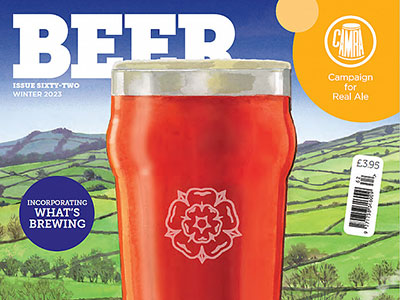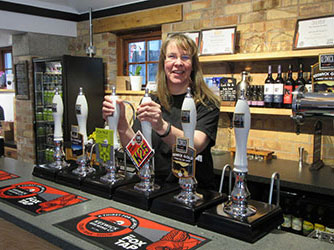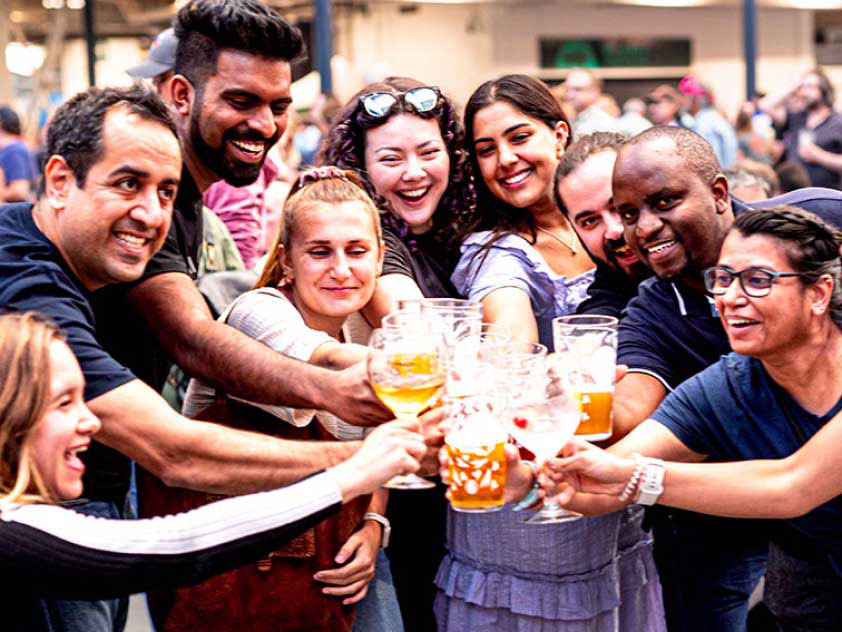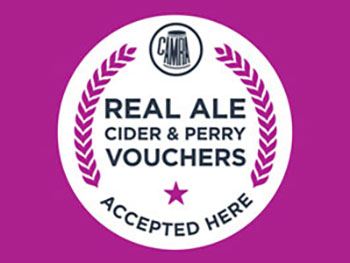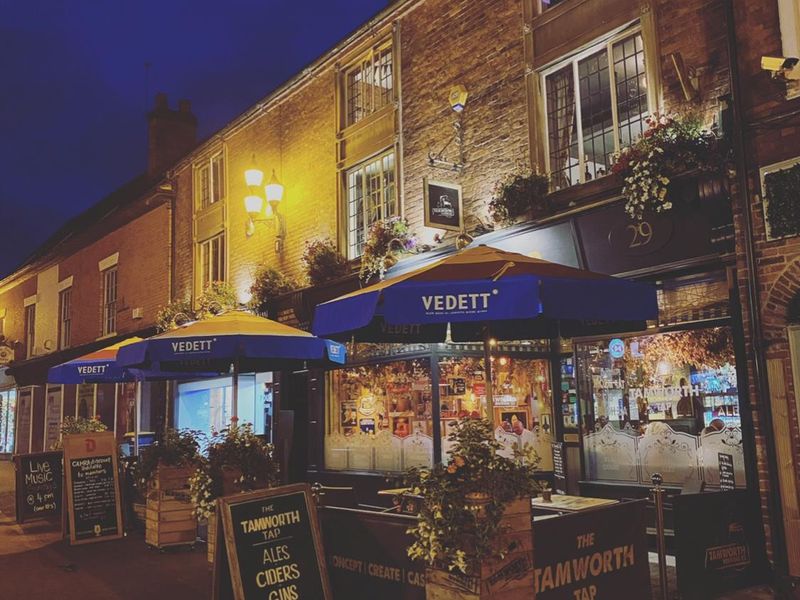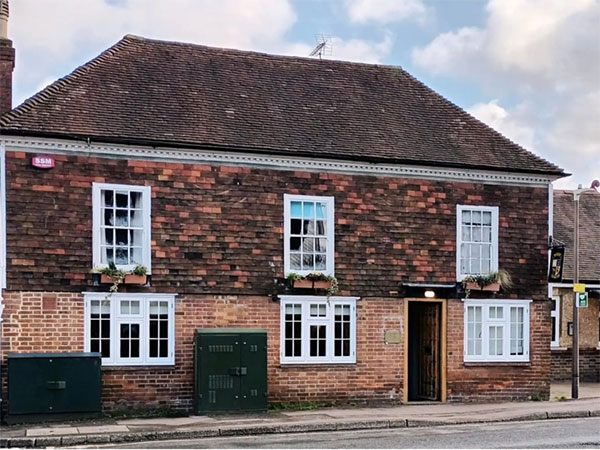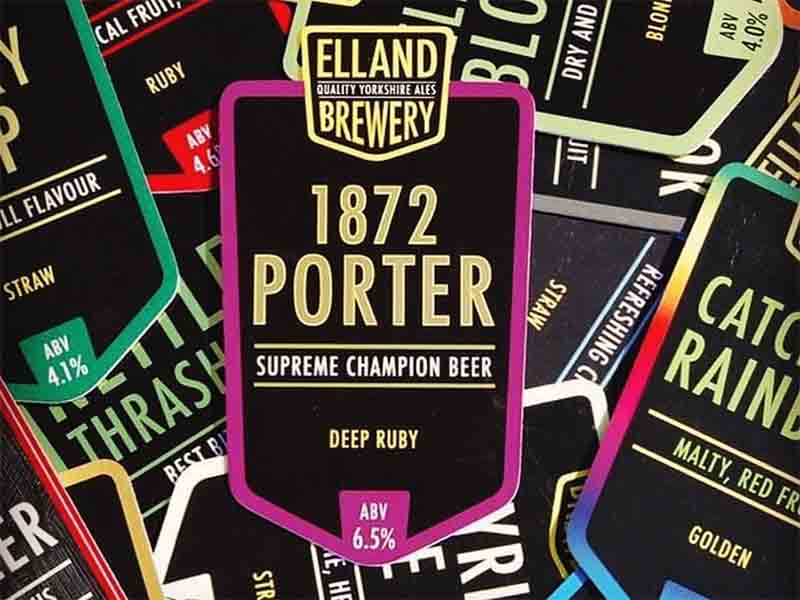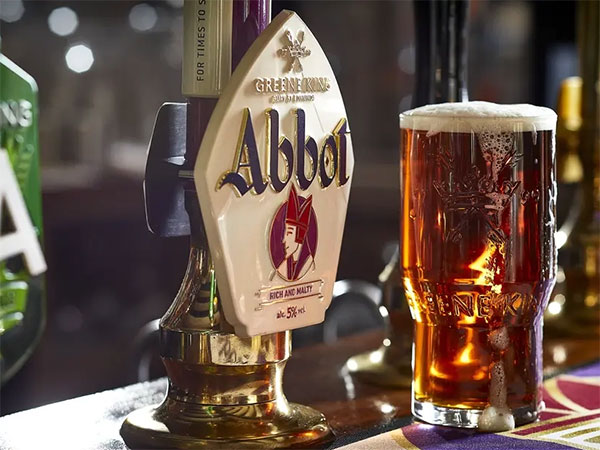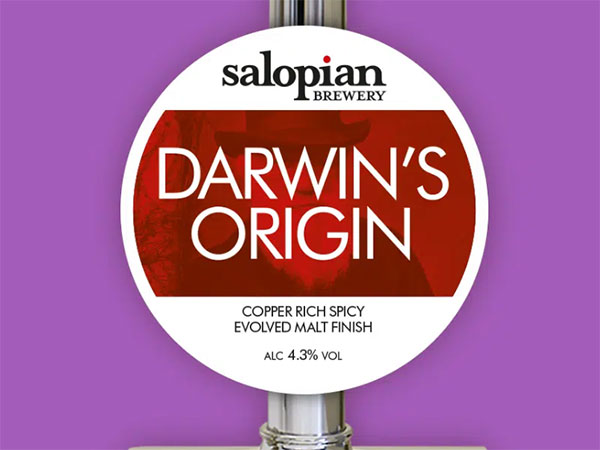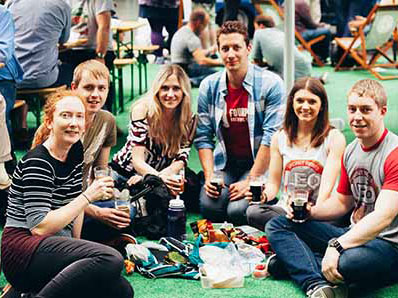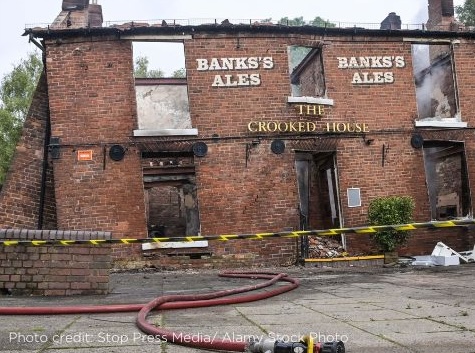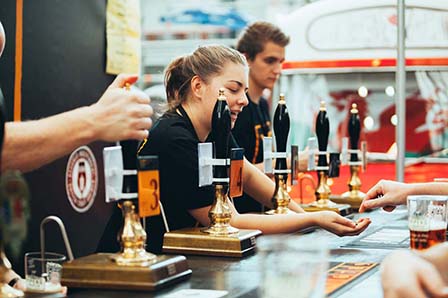The Burton union, a historic system of beer-making that was due to be scrapped, has been saved and is now making IPA at Thornbridge brewery in Derbyshire.
The man behind the rescue is Garrett Oliver, the brew master at Brooklyn brewery in New York City. He’s a regular visitor to Britain and has seen the unions in operation at Marston’s plus he’s made collaborative beers at Thornbridge.
In 2002 Marston’s in Burton merged with global giant Carlsberg to form the Carlsberg Marston’s Brewing Company. In January this year CMBC announced it was closing the union rooms (pictured) on cost grounds.
Oliver said: “I was on holiday in Mexico when I heard the unions were going silent and were heading for the bone yard. I didn’t want them to be lost.
“Thornbridge has respect for history, the drive for excellence, the scientific background and the general wherewithal to pull this off so I put to them the idea of acquiring a union set.”
Carlsberg distributes Brooklyn beers worldwide and when Oliver heard the unions were to be scrapped, he used his contacts to speak to Marston’s director of brewing in Burton Emma Gilleland.
“I urged her to donate a union set to Thornbridge. The story could not have had a happier ending. Emma spoke with Simon Webster and his team at Thornbridge, and they were off to the races.”
Webster is the co-founder and chief executive at Thornbridge, and he was keen to install a union set to brew his multi-award-winning Jaipur IPA.
Gilleland went to Thornbridge with a team of brewers and coopers and helped set up the union. They also advised Thornbridge head brewer Rob Lovatt and his team on how to look after the oak casks, which date from 1990, and soak them with clean water on a regular basis.
On 20 May, a batch of Jaipur was made using the relocated set. It was in the system for four days and then racked into casks for delivery to pubs. Samples of Jaipur showed the union-brewed beer is softer, rounder and less bitter than the conventional brew.
Lovatt says he uses the Thornbridge yeast culture in the union and adds sulphates to the Bakewell water to replicate the Trent Valley version found in Burton that’s rich in calcium and magnesium.
Most Jaipur will be brewed in conventional vessels. The union will be used primarily to produce a new beer, Union IPA, which will be six per cent on draught and seven per cent in bottle.
Lovatt’s recipe is made up of Maris Otter pale malt, Munich and crystal malts and invert sugar. The hops are Goldings and Northdown.
The seven per cent version will be bottle-conditioned. “We’re proud of our bottle-conditioned beers,” Webster said. “And Union IPA will meet a huge market for people who miss White Shield." Worthington’s White Shield was a Burton IPA that was owned by Molson Coors following the exit from brewing by Bass in 2000. Last year Molson Coors stopped producing the beer, but it’s not prepared to sell the brand to another brewer.
The union set at Thornbridge will also be used to make collaborative beers and Webster and Lovatt are already in discussion with American brewers.
Oliver has been to Thornbridge to see the union in place. “It’s a beautiful beast and it also makes a particularly nice Jaipur,” he said.
What are Burton unions?
Peter Walker, a brewer in Warrington, opened a new brewery in Burton in the mid-19th century to use the mineral-rich spring waters of the Trent Valley to produce the new style of pale ale. He was responding to a clamour for clear beer as pewter tankards were replaced by glass in pubs and drinkers were unimpressed by murky, yeasty beer.
Burton unions were designed to cleanse beer of yeast in order to produce sparkling pale ale. Fermentation takes place in large oak casks linked together or “held in union”. The force of fermentation drives beer and yeast up swan-necked pipes into trays above. The trays are held at a slight incline allowing beer to run back into the casks while yeast is retained. Each cask in a union set holds 150 gallons of beer. Sufficient yeast is left in the beer to allow a powerful secondary fermentation in casks when they reach pub cellars.
In 1837 Walker took out a patent on a new system and within a few years, other breweries in Burton had adopted the Walker system. It spread not only to other centres in Britain but as far afield as Ireland, India and Australia.
But the system was labour-intensive and expensive to maintain as the oak casks had to be cleaned regularly and repaired by coopers. Ind Coope stopped using unions in 1959 and in 1982, Bass, the biggest brewer in Burton, closed its union rooms. Marston’s was the only brewery in Britain to still use the system, brewing its Pedigree Bitter, until CMBC’s decision this year.

